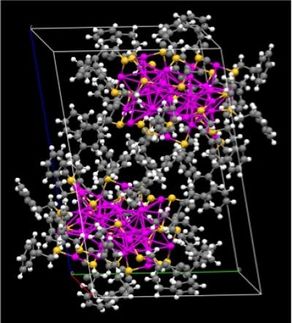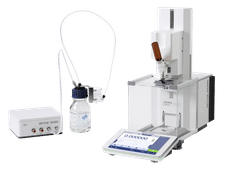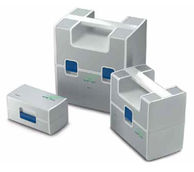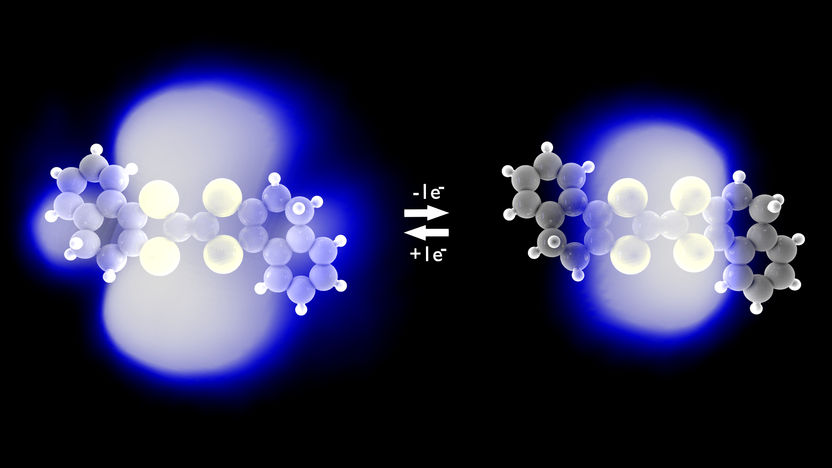Researchers develop ultra-simple method for creating nanoscale gold coatings
Researchers at Rensselaer Polytechnic Institute have developed a new, ultra-simple method for making layers of gold that measure only billionths of a meter thick. The process, which requires no sophisticated equipment and works on nearly any surface including silicon wafers, could have important implications for nanoelectronics and semiconductor manufacturing.
Sang-Kee Eah, assistant professor in the Department of Physics, Applied Physics, and Astronomy at Rensselaer, and graduate student Matthew N. Martin infused liquid toluene – a common industrial solvent – with gold nanoparticles. The nanoparticles form a flat, closely packed layer of gold on the surface of the liquid where it meets air. By putting a droplet of this gold-infused liquid on a surface, and waiting for the toluene to evaporate, the researchers were able to successfully coat many different surfaces – including a 3-inch silicon wafer – with a monolayer of gold nanoparticles.
"There has been tremendous progress in recent years in the chemical syntheses of colloidal nanoparticles. However, fabricating a monolayer film of nanoparticles that is spatially uniform at all length scales – from nanometers to millimeters – still proves to be quite a challenge," Eah said. "We hope our new ultra-simple method for creating monolayers will inspire the imagination of other scientists and engineers for ever-widening applications of gold nanoparticles."
Whereas other synthesis methods take several hours, this new method chemically synthesizes gold nanoparticles in only 10 minutes without the need for any post-synthesis cleaning, Eah said. In addition, gold nanoparticles created this way have the special property of being charged on non-polar solvents for 2-D self-assembly.
Previously, the 2-D self-assembly of gold nanoparticles in a toluene droplet was reported with excess ligands, which slows down and complicates the self-assembly process. This required the non-volatile excess ligands to be removed in a vacuum. In contrast, Eah's new method ensures that gold nanoparticles float to the surface of the toluene drop in less than one second, without the need for a vacuum. It then takes only a few minutes for the toluene droplet to evaporate and leave behind the gold monoloayer.
"The extension of this droplet 2-D self-assembly method to other kinds of nanoparticles, such as magnetic and semiconducting particles, is challenging but holds much potential," Eah said. "Monolayer films of magnetic nanoparticles, for instance, are important for magnetic data storage applications. Our new method may be able to help inform new and exciting applications."
Other news from the department science
These products might interest you
Most read news
More news from our other portals
See the theme worlds for related content
Topic world Synthesis
Chemical synthesis is at the heart of modern chemistry and enables the targeted production of molecules with specific properties. By combining starting materials in defined reaction conditions, chemists can create a wide range of compounds, from simple molecules to complex active ingredients.

Topic world Synthesis
Chemical synthesis is at the heart of modern chemistry and enables the targeted production of molecules with specific properties. By combining starting materials in defined reaction conditions, chemists can create a wide range of compounds, from simple molecules to complex active ingredients.





































































